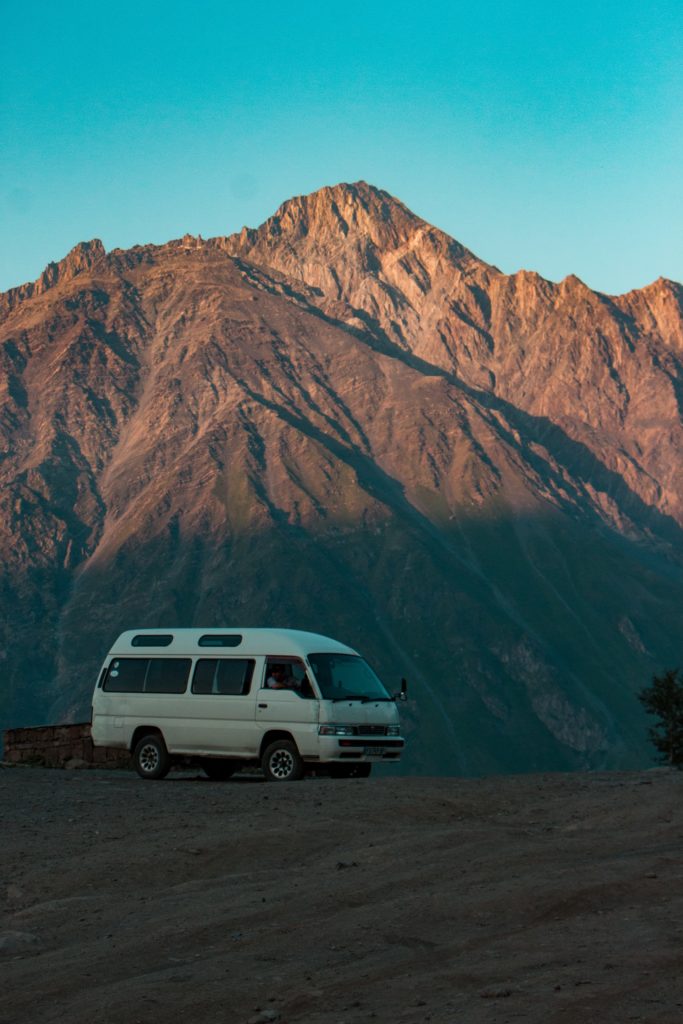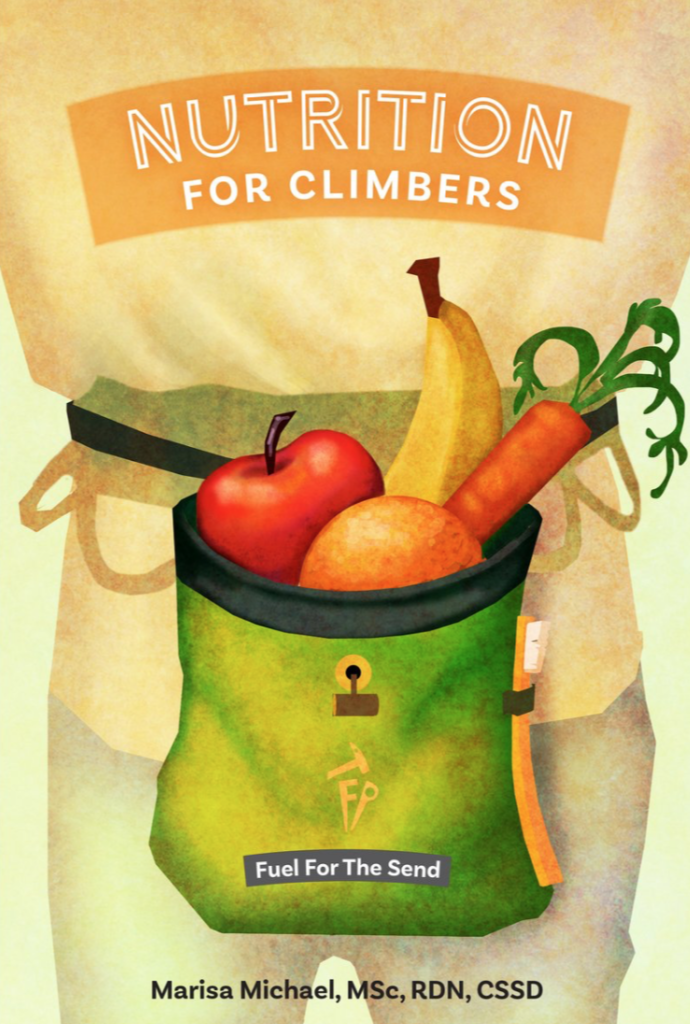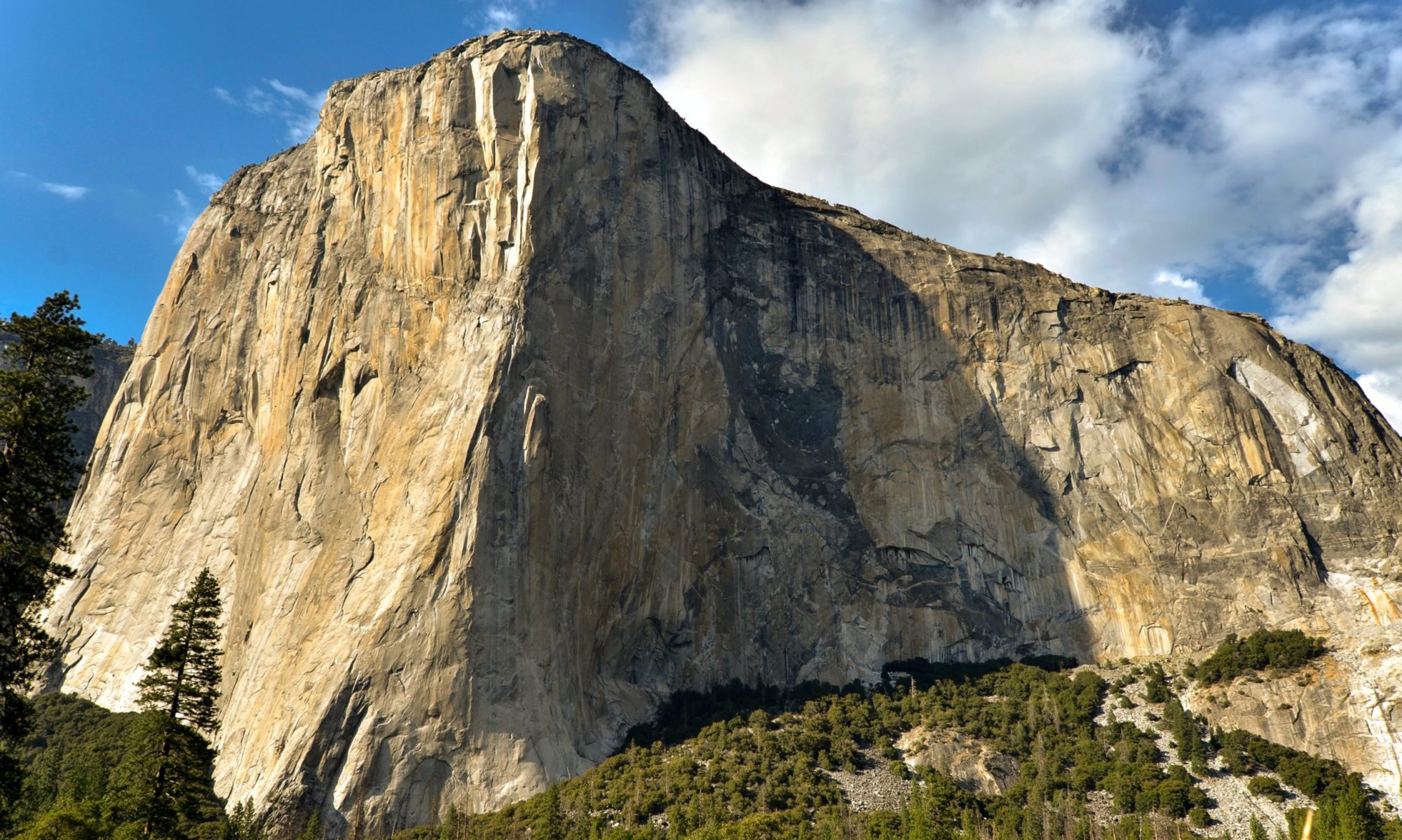
Q: I’ve gained about 25 lbs in the last 6 months. I’ve been trying to lose that weight since it wasn’t really weight that I needed to gain (5’8 female, went from 135 to 160, all fat- especially around the belly area and arms and back). It’s now summer and it’s time to spend the next 2.5 months in a van climbing around Wyoming. How do I balance getting the proper nutrition while also still being mindful about trying to lose weight while living in a van (a yeti cooler is the cold food storage). My partner has no issues with weight and can drink 6 beers, eat pasta for every meal, and never gain a pound. With that, we historically tend to do a lot of easy pasta and rice meals but I’m not wanting to do that as I’m afraid it’ll lead to never losing the extra weight!
A: “How do I lose weight?” is a common question with climbers.
First, I would just recommend checking with a healthcare provider before you start your weight loss quest. Weight loss is tricky and can lead to nutrient deficiencies. It’s also sometimes a losing battle as you fight biology, so if you feel yourself becoming obsessed with food or body image, take a step back and make sure you can preserve your relationship with food and your body. Disordered eating is common among dieters.
It’s also a huge misconception that losing weight will lead to better climbing performance. We have evidence from multiple scientific studies that weight is not a key performance indicator for climbing performance. However, if you still feel like you need to lose weight, go about it in a thoughtful manner, making sure you are safe, and stop losing weight (even if you haven’t met your goal) if you see negative physical health, mental health, or performance effects.
If everything is a-ok in that department, here are some key points to help keep you on track for weight loss.
Weight loss occurs with a calorie deficit.
Many people think if you cut out carbs, you will lose weight. This may be true, but only because when you cut out carbs you also cut out calories! (You also initially lose a few pounds of water weight). It’s also easy to over-eat carbs. This may lead to extra calories beyond what your body needs, which is another reason people lose weight when they limit their carb intake. You don’t need to shun carbs to lose weight–as long as you’re in a calorie deficit, you can lose weight. Climbers do need carbs to be able to climb well.
Tracking calories may be helpful.
You can do this with many free apps, such as LoseIt, MyFitnessPal, or Nutritionix. Some people find this empowering as they learn what foods they are eating–they feel it’s eye-opening to learn how much to eat and how to swap higher calorie foods for lower calorie foods. It can be a useful tool, but keep in mind there is a margin of error for the food labels in the app, as well as the portion sizes you are entering into the app. If this feels tedious or obsessive, stop counting calories. It’s not worth it.
Also don’t let the app or calorie counting override your hunger. If the app is telling you that you already got your calorie allotment for the day, but you are truly hungry, go ahead and eat. Your body is wise and knows what you need.
One extra piece of advice: Make sure you get enough calories! These apps are notorious for under-estimating your calorie needs. If it tells you to eat under around 1700 calories, this is too low.
Go heavy on the protein and the veggies.
Protein is very satiating, meaning it fills you up and keeps you satisfied for longer periods of time than carbs. Fiber is also filling, and vegetables are full of fiber, vitamins, minerals, and antioxidants. Try to center most of your meals around protein and vegetables, with a small side of carbs. Protein also helps preserve lean muscle mass as you are dropping weight. A good rule of thumb for weight loss is about 1.8-2.2 grams per kilogram of body weight. (Take your body weight in pounds and divide by 2.2 to get your weight in kilograms).
Foods that are easy to cook and store in a van
It’s tough to get a lot of veggies and protein when you have limited storage space, and limited cold storage. Here are some of my ideas–I bet you have a lot more just from your own experience of living in a van!
PROTEIN DRY STORAGE
- Protein powder–mix with water for a protein shake
- Shelf-stable protein shakes
- Jerky
- Canned tuna or salmon
- Canned beans or lentils (or soups made with these)
- Dried egg powder (rehydrate with water to make scrambled eggs, use in recipes with eggs)
- Milk powder (use in recipes to add more protein–add to oatmeal, protein shakes, pancake batter, creamy soups, etc.)
- Nuts, nut butters, peanut butter powder
- Protein bars
PROTEIN COLD STORAGE
- Milk
- Eggs
- Meat/fish/poultry
- Cheese
HIGH-FIBER FOOD IDEAS
- Freeze-dried, canned, or dehydrated veggies and fruits
- Canned beans and lentils
- Whole grains (oatmeal, brown rice, whole grain pasta, etc.)
- Ready-to-eat whole grain cereals
- Whole grain bread, bagels, tortillas, etc.
Here is a sample meal plan aimed at getting plenty of protein and fiber throughout the day:
Breakfast: Oatmeal with almonds, berries, and milk
Lunch: Whole-wheat wrap with tuna salad and fresh fruit
Snack: Protein shake or bar
Dinner: Lentil chili with side of canned veggies
Good luck! Enjoy your climbing adventures!
And for more nutrition information, including a whole chapter on weight loss and an entire section devoted to van life nutrition, read our book Nutrition for Climbers.

~This is general information only and not nutrition or medical advice. Always consult with your healthcare provider before undergoing any diet or lifestyle change.

